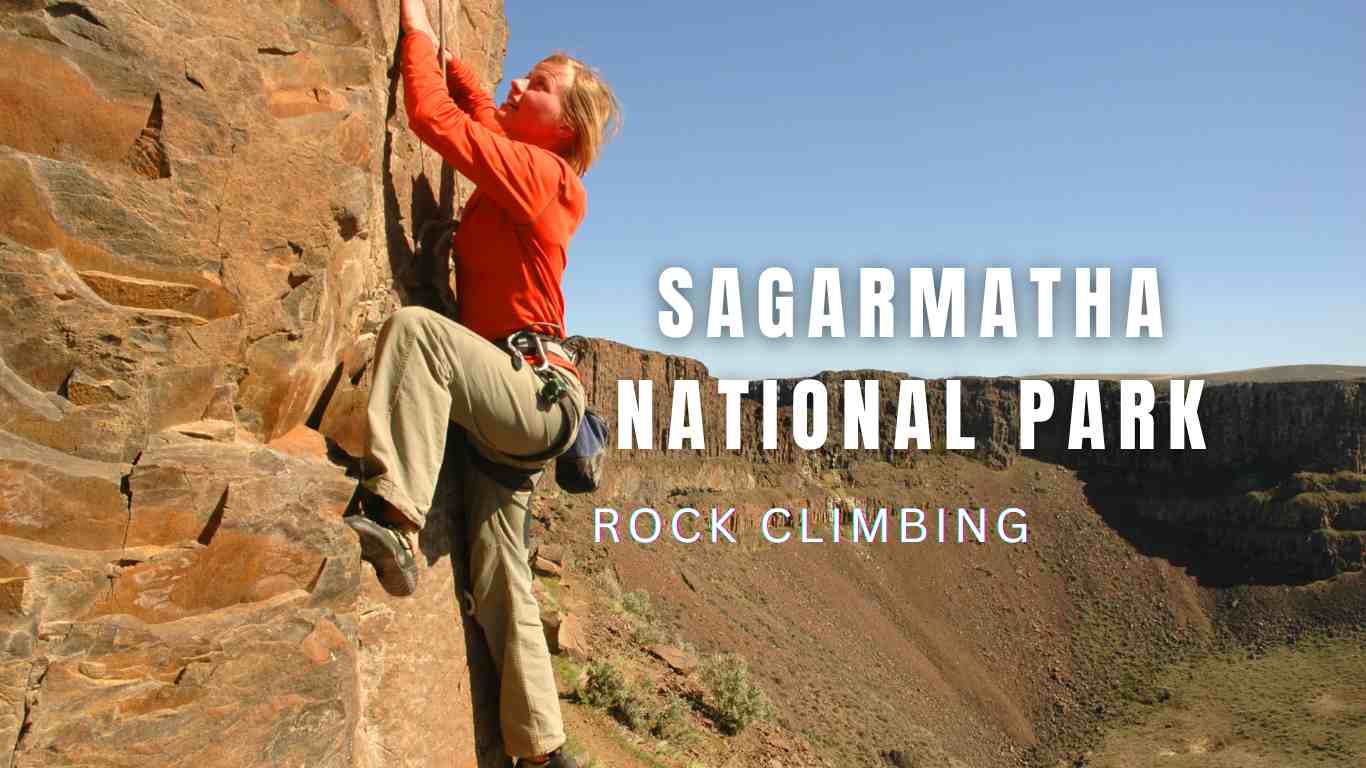Rock Climbing in Nepal
Have you ever dreamt of scaling towering peaks, feeling the rush of the wind as you conquer challenging cliffs? Imagine a place where every climb is a story waiting to unfold—a journey into the heart of Nepal’s rock climbing scene. What is it about these rugged landscapes that draw climbers from around the world? The … Read more

